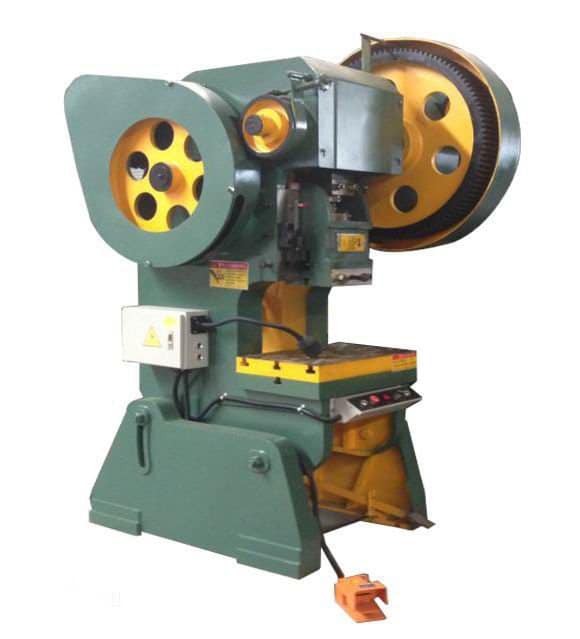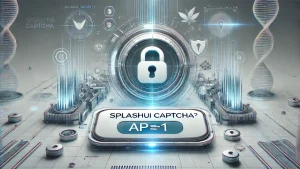Hard drive punching is an art form. It can take months to produce an accurate copy of your hard drive, and one day you will have a completely blank drive that can be run as a backup. One of the primary concerns with using a hard drive punching machine is the high impact force required to punch into the drive from the backside. The punch occurs through the use of a punch ejector which has at least four inches of spring pressure behind it.
One of the problems is that a punched in the drive will not take flight unless it is able to expel the expelled punch, the ejector springs back onto itself every time you put your hand up to release the punch. All the punches have to do is contact the punch ejector so that the ejector can make a contact with the disk. The reason this is so important is that the punch is going to be placed under tremendous pressure and it will expand to its full capacity. The key thing to remember is that the drive will not be ready to work on its own.
Another problem is that best drive punching machines operate on a very soft bed.
These machines are designed to work on the surface of a hard drive, but often these machines fail to perform the function well. The result is that the drives become very contaminated and do not perform at all. It will be important for any operator to work with a drive punching machine that is fully operational.
In addition to working on the hard drives, it is important to make sure that the drives are cleaned frequently. This is not to clean the drives themselves, but to remove any dirt and debris from the surface of the drives that have not been removed previously. A series of thorough mechanical and cleaning procedures will ensure that the drives last for many years and are ready to perform their intended function.

There are many different types of hard drive punching machines available on the market today. The three main types of drive punching machines are manual drive punching machines, air-compressor driven drive punching machines, and swing drive punching machines. A typical manual drive punching machine works by ejecting the drive from a cassette tape as it does so. hard drive punching The drive is pushed out through the ejector mechanism.
The manual ejector mechanism will usually be of the straight version and is a spring-assisted mechanical system. As the ejector pushes the drive through the tape, it will leave a small indentation in the tape. A number of times a similar-sized indentation can be seen on the drive as it is pushing through the tape.
The ejector mechanism will extract the drive and throw it forward over the ejector area. There will be a large gap between the tape and the drive.
As the drive is pushed forward over the ejector it will sit on top of the tape and are released. After being ejected the drive will eject the punch. Most of the time the drive will fall straight down and may still be in a small indentation. If there is enough tension in the ejector, this indentation will be reduced to a small hole.
The ejector will fall off its hinge and the drive will travel in its slot and eject the ejector mechanism. A series of springs and pistons will push the ejector away from the punch. The ejector mechanism is now free to leave the punch. It is important to realize that if the ejector moves to the left then the drive will drop to the right and will find itself ejecting a new drive from the tape and it will be released in the same manner.
Read Also: Best Zombie Games 2019
Drive punching machines are used on various sizes of drives and the parts required to punch them are usually compact. As a result, it is possible to punch drives that are larger than they would normally be punched into by hand and this can be extremely useful.
Punching the drives manually is very easy and can be done in an hour or two. When you punch drives manually, it is important to use safety equipment. A common pitfall to the punchers is that they do not know the distance to punch the drive and they end up punching beyond the original drive. the original drive.






![A Complete Guide on Installing Music Paradise App in Android [2020 Updated]](https://thetechnologyvision.com/wp-content/uploads/2020/07/Guide-on-Installing-Music-Paradise-App-in-Android-300x169.jpg)

